
Bahram-e Gur Protected Area
There is a triangular wildlife area on the border of the Fars, Kerman, and Yazd provinces of Iran called Bahram-e Gur Protected Area. This protected area is located about 300 km to the east of Shiraz.
Situated over an area of 408,017 hectares, it was established in 1972 and its highest point is 2787 meters from the ground. The climate of this region is hot and dry and its annual rainfall is about 200 mm. There are deserts, plains, and mountains in this area, as a result of which it hosts a variety of animal species.
Bahram-e Gur Protected Area: the Habitat of Persian Zebra
One of the most important species living in Bahram-e Gur Protected Area is the Persian zebra (Gur-e Khar in Persian) and that is the reason behind the nomenclature of this area. This species is a subspecies of the Asian zebra and is facing the danger of extinction. Due to the importance of this species, 31,815 hectares of the western part of Bahram-e Gur Protected Area was named Qatruyeh National Park in 2008 in order to monitor the life of this species.
It is estimated that only about 600 Persian zebras remain in the wild about 350 of which are in Qatruyeh National Park.
The Persian zebra lives for about 40 years, weighs about 500 kg, and its length is about 2.1 meters. The Persian zebra changes color during different seasons: in summer it is reddish brown and in winter, its brown body tends to be yellow. The black stripe on the animal’s back, surrounded by a white layer, is more visible in winter. Persian zebra was used for riding chariots in ancient Sumer.
Efforts are being made at the international level to save this animal from extinction, which include their reproduction in zoos and releasing them in protected areas.
The other inhabitants of this protected area are birds such as partridges, Iranian ground jay, ravens, bustards, see-see partridges, sandgrouse, and all kinds of predatory birds. In addition, caracal and jungle cats have also been seen in this area. In the past, Bahram Gur Protected Area was also home to the Asiatic cheetah, but today there is no trace of this species. Wild goats, rams and sheep, boars, jackals, foxes, wolves, and hyenas are mammals living in this area.
Threats Facing Bahram-e Gur Protected Area
Drought is the most important threat to this area and its plant and animal species. In order to protect the animals living in this area, several water fountains have been created in its different parts, which are supplied with water through tankers.
Sightseeing Places of Bahram-e Gur Protected Area
In this area, there are several springs, castles, and shrines. Due to the lack of proper maintenance, the castles in this area have been greatly damaged over time. The most important of these castles are Kor-sefid Castle, Shur Castle, and Dehbarin Castle. Although no excavation has been done to estimate the age of these buildings, the existence of several old aqueducts near them indicates their old age. Among these three, some families still live around Dehbarin Castle. Bahram-e Gur Castle is located in Qatruyeh on the edge of the protected area.
Imamzadeh Shahreza in Dehchah, Imamzadeh Seyyed Hassan - which according to local people is the tomb a son of Imam Ja’far Sadiq, the sixth leader of the Shiites - Imamzadeh Seyyed Ali in Ghori village, and Imamzadeh Mohammad in Dehbarin are other sightseeing places of this area.
There are several springs and aqueducts in the Bahram-e Gur protected area like the Shuro, Dehbarin, Beshneh, and Cheshmeshirin aqueducts which still have water and irrigate the trees in the heart of a desert area. In addition to this, there is also a cave named “Ali Valiullah” in the area, which the local people consider to be a place visited by Imam Ali, the first imam of the Shiites. The local people visit this 122-meter-long cave on various religious occasions and perform rituals.
One of the most important species living in Bahram-e Gur Protected Area is the Persian zebra (Gur-e Khar in Persian) and that is the reason behind the nomenclature of this area.
| Name | Bahram-e Gur Protected Area |
| Country | Iran |
| State | Fars |
| City | Neyriz |
| Type | Historical |
| Registration | No registration |
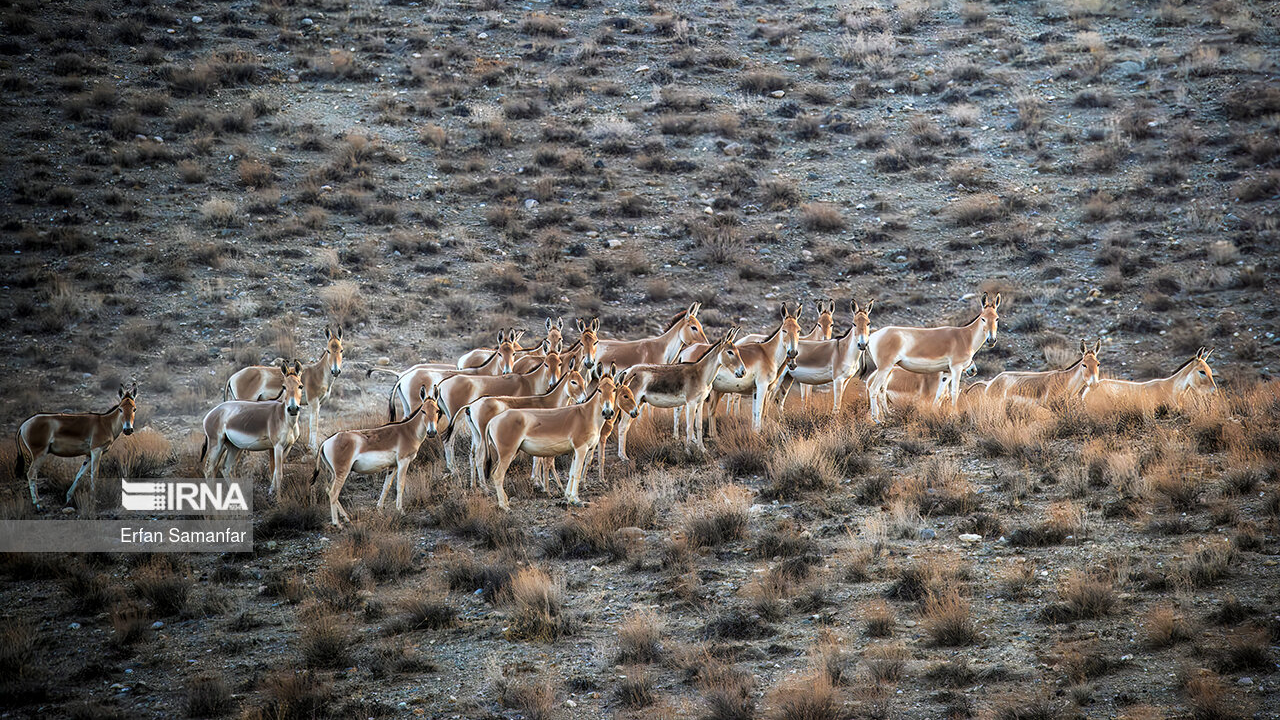



Choose blindless
Red blindless Green blindless Blue blindless Red hard to see Green hard to see Blue hard to see Monochrome Special MonochromeFont size change:
Change word spacing:
Change line height:
Change mouse type:

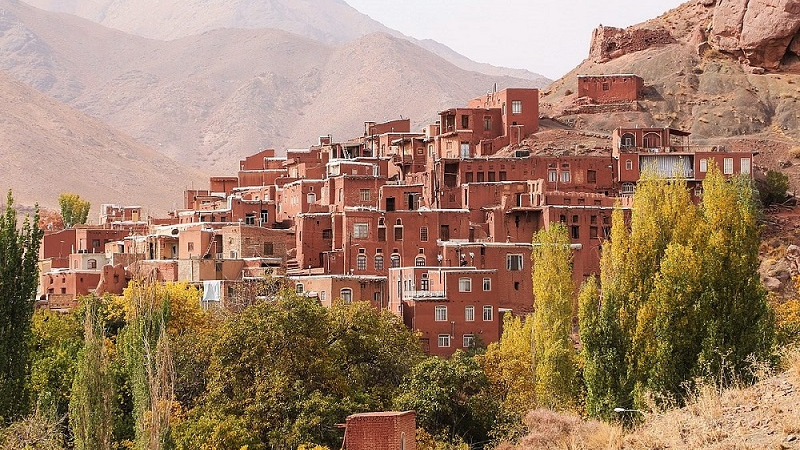
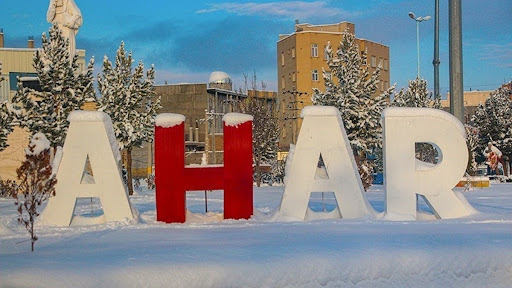
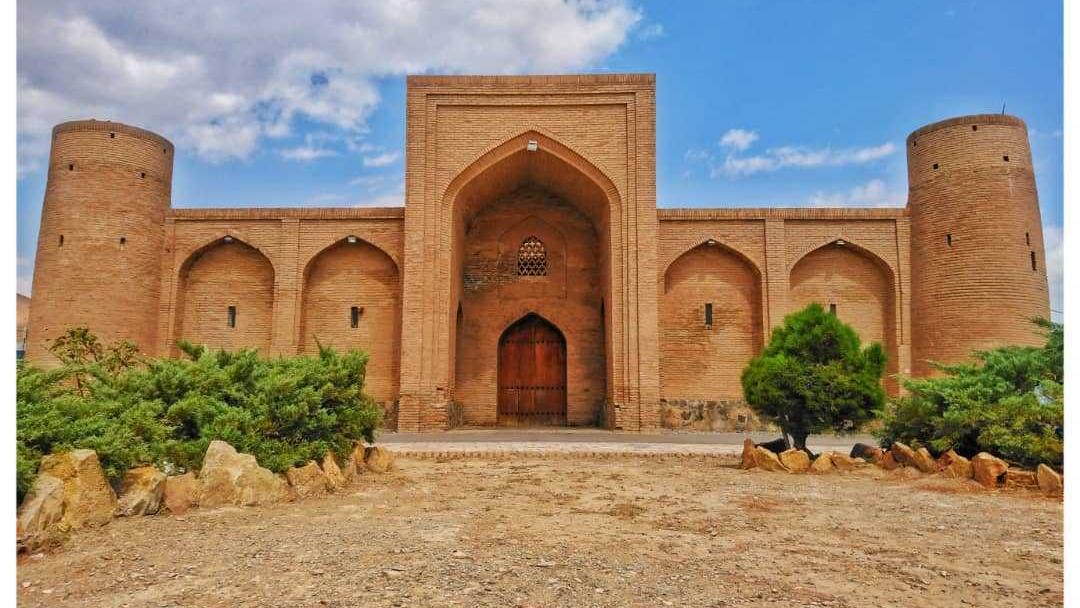

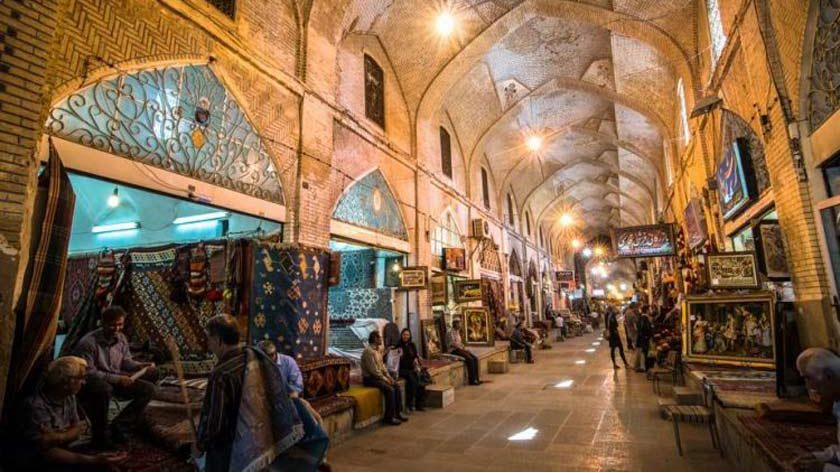

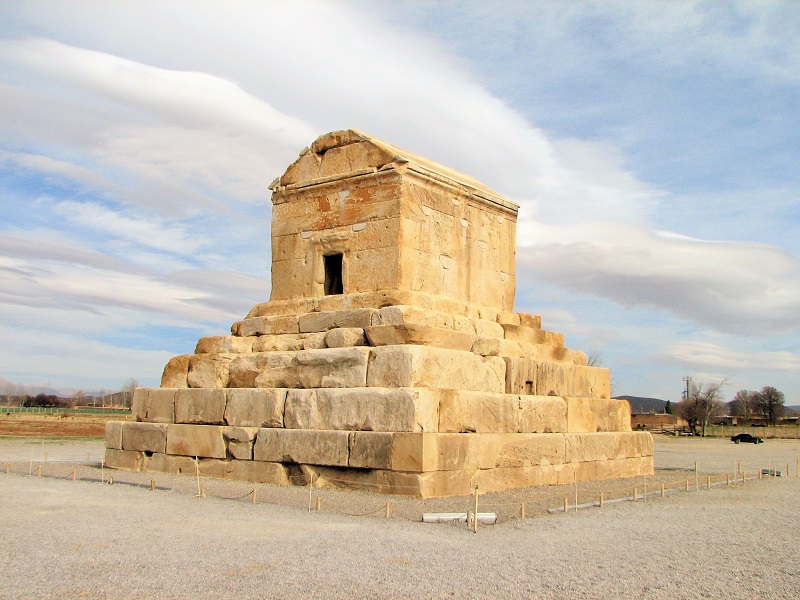

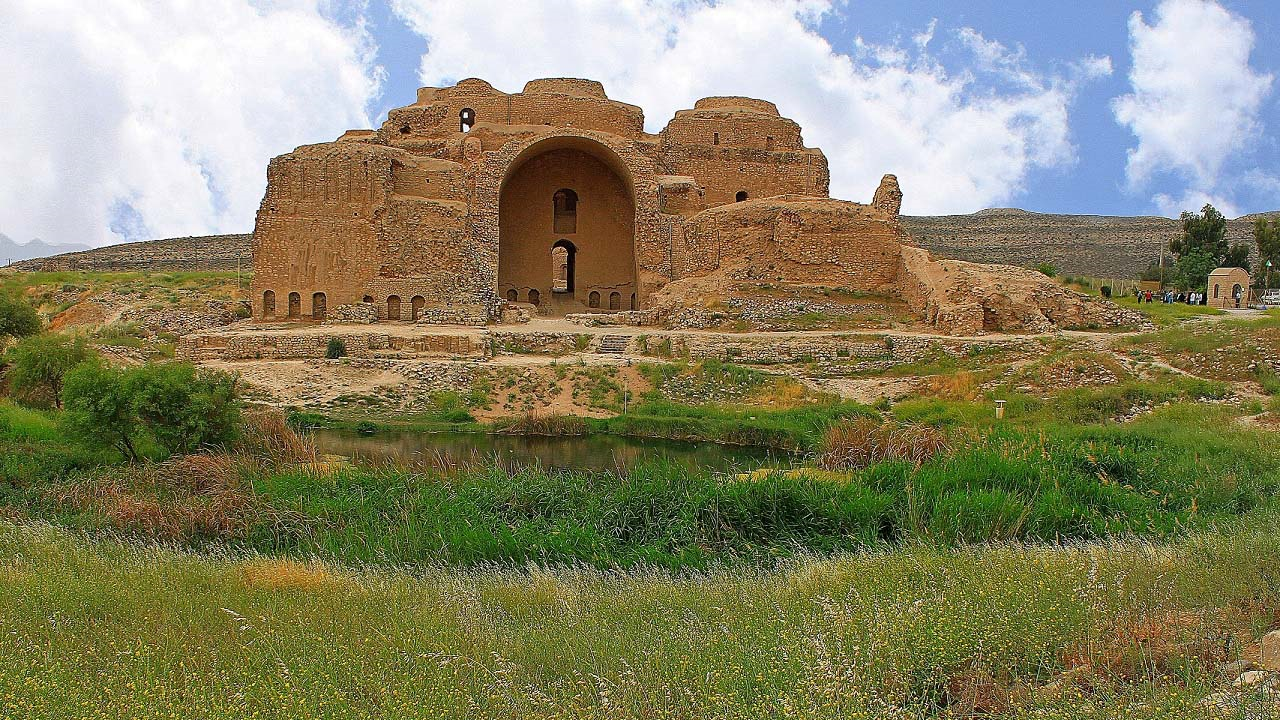

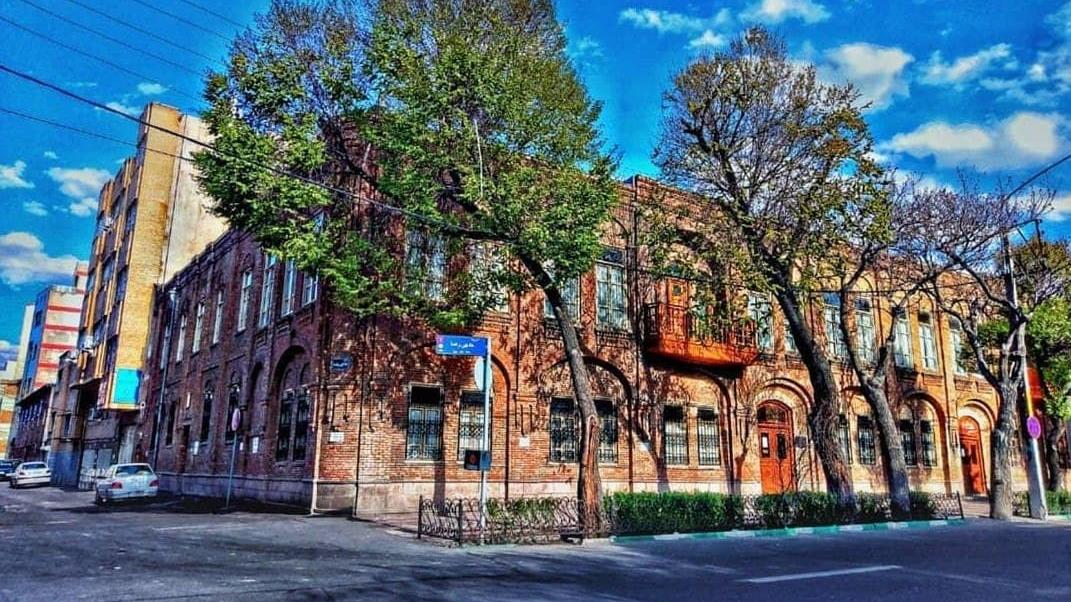


_0.jpg)